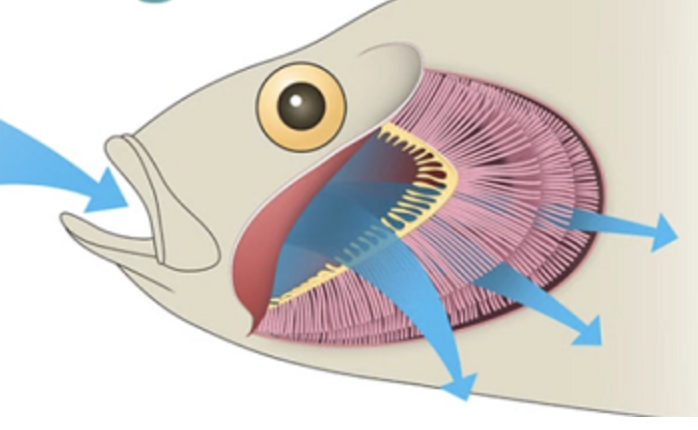
On an unusually warm late December day, my son, Jim, and I were walking through the dense woods behind our northern Minnesota cabin. There was no snow on the ground, and Jim asked about our chances of running into woodticks at this time of the year. In the warmer months, one is almost guaranteed to have a few ticks crawling up one’s pants legs after a similar walk.
Fortunately, woodtick activity is greatly reduced in the winter, but it is not absent. Of the three major species of ticks in our northern forests, the two larger varieties – the dog (black-legged) tick and the Lone Star tick – become essentially inert when the temperature falls below about 35o F. On the other hand, the small deer ticks, which carry Lyme disease, do remain active in the winter.
All of these ticks are very active in the fall, when they try to grab onto a deer or a mouse. If they are successful, they remain attached to their host and fill up with blood while remaining relatively warm beneath the insulating hairs of the animal. These lucky female ticks then spend the winter converting the nutrients derived from the blood into about 3,000 eggs, which the females lay in the spring before dying.
The unlucky ticks that didn’t find a host drop to the forest floor and crawl beneath piles of wet leaves where they spend the winter. The leaves and any overlying snow act as insulation, protecting them from the worst cold. Even though ticks utilize several internal strategies to protect themselves from freezing, they will die if exposed to temperatures below -7o F. Although the larger ticks remain inactive throughout the winter, deer ticks will slowly crawl along the forest floor if the temperature rises above the low 30s. The bottom line is that in the winter, especially on warm days, chances of being attacked by a woodtick are quite low, but not impossible. It is always a good idea to check for ticks any time you have been walking in the woods.

